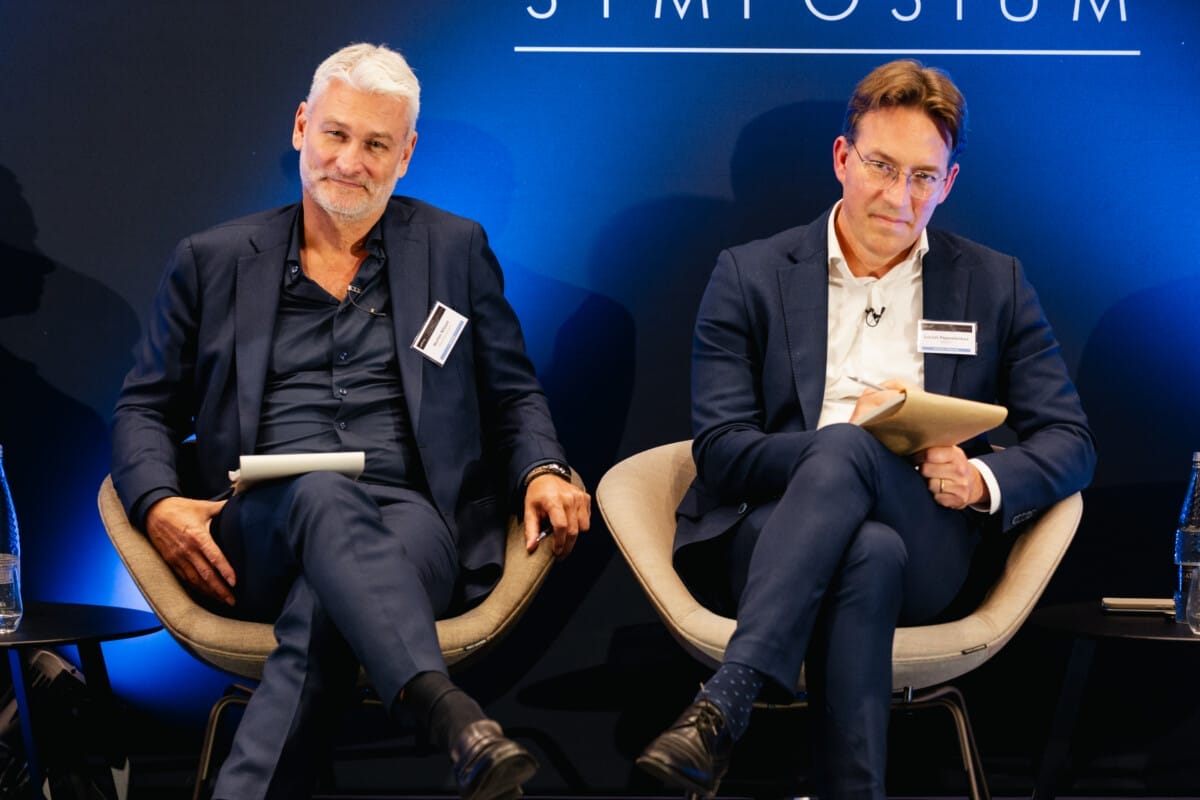- new plan to provide a blueprint for Great Britain’s energy infrastructure out to 2050, providing stability for investors
- more strategic approach will help cut grid connection waiting times, reducing overall system costs and accelerating the government’s clean energy superpower mission
- UK, Scottish and Welsh energy ministers commission National Energy System Operator (NESO) to produce first ever spatial plan for energy in 2026
The location for new energy infrastructure will be set out in a strategic plan to speed up the transition away from fossil fuels and accelerate the government’s clean energy superpower mission.
Taking this more strategic approach will provide much-needed long-term certainty and stability for investors and accelerate the growth of the UK’s clean energy industries, creating more jobs and improving lives in communities across the UK.
Building on work to deliver clean power by 2030, energy ministers in the Scottish, Welsh, and UK governments have asked the newly formed National Energy System Operator (NESO) to produce the first ever strategic spatial plan for energy out to 2050, across land and sea in Great Britain. Planning of energy infrastructure in this way will help cut grid connection waiting times, giving investors confidence on where to build and when.
The publicly owned body will look at how to best spread new energy projects across the country in a way that takes into account other sectors, such as transport and water supply, as well as the environment. This wide-angle lens will speed up project delivery and reduce overall system costs, which could in turn bring down bills for consumers.
The first iteration of the plan will be published in 2026 and will focus on electricity generation and storage, including hydrogen assets, from offshore wind farms to pumped storage hydro.
Minister for Energy Michael Shanks said
To help drive growth and investment in our clean energy future, we need to provide investors with the long-term certainty and stability that they have been crying out for.
That’s why we need a more strategic approach to our energy system, ensuring we can quickly scale up investment in the right infrastructure where we need it, to keep costs down and speed up our transition to clean power.
Delivering the country’s first ever spatial plan will be a major milestone for our new public energy body.
Welsh Government Cabinet Secretary for Economy, Energy and Planning, Rebecca Evans, said
We welcome this strategic approach to the energy system, which should reduce overall costs and bring certainty to communities.
In Wales we have been developing plans to meet our energy needs at the local, regional and national level for some years and look forward to working collaboratively with the NESO and others to feed into these UK-wide plans. Getting this right will help ensure we deliver the best possible outcomes for our communities and our industries through the considered development of the clean energy they will need to power them.
Acting Cabinet Secretary for Net Zero and Energy, Gillian Martin MSP, said
I am committed to working collaboratively with other governments where it can accelerate progress towards Scotland’s economic and net zero targets.
Key to the plan’s success will be ensuring that investor confidence is maintained throughout.
It is also vital that it takes into account the nature of devolved policies and ambitions, delivers real benefits for the people and communities of Scotland and supports our ongoing efforts for a just transition.
I look forward to working with the UK and Welsh governments on the plan as it develops.
Kayte O’Neill, Chief Operating Officer, NESO said
We are delighted to receive this formal commission as NESO to develop this plan and bring together our expertise and that of our partners to develop this critical blueprint for Great Britain’s energy system of the future.
By setting out pathway options, engaging across government, the regulator, wider industry, interested parties and with communities as well as exploring the needs at a more zonal and regional level we can then identify where and what type of electricity and storage technologies we need to meet our future demand and decarbonisation ambitions.
Alistair Phillips-Davies, Chief Executive, SSE
As one of the largest investors in clean power in the UK we are very supportive of the strategic spatial energy plan. Having long-term stability through spatial plans and policy mechanisms will be critical to unlocking billions of pounds of investment across the country, supporting good jobs and building a homegrown energy system that is cleaner, more affordable and secure.
CEO of Ofgem, Jonathan Brearley, said
I warmly welcome and strongly support this commission to create the first national energy blueprint for Britain’s future energy system.
It will be a real gamechanger in unlocking growth and investment, accelerating new infrastructure build, and speeding up innovation and technology. It will be a big stepping stone in delivering government’s mission to provide clean power by 2030 and accelerate the transition to net zero.
Ofgem will work closely alongside the UK, Scottish and Welsh governments, as well as NESO, to protect consumers and to deliver clean power at the lowest possible cost.
NESO will develop several options for how the energy system could look in the future which will be presented to ministers. The chosen option will be taken forward to public consultation alongside detailed environmental assessments.
Notes to editors
Minister Shanks is today launching the SSEP at an event in parliament.
NESO will publish its consultation on methodology later this year, and deliver the plan in 2026.
See the SSEP letter and commission







